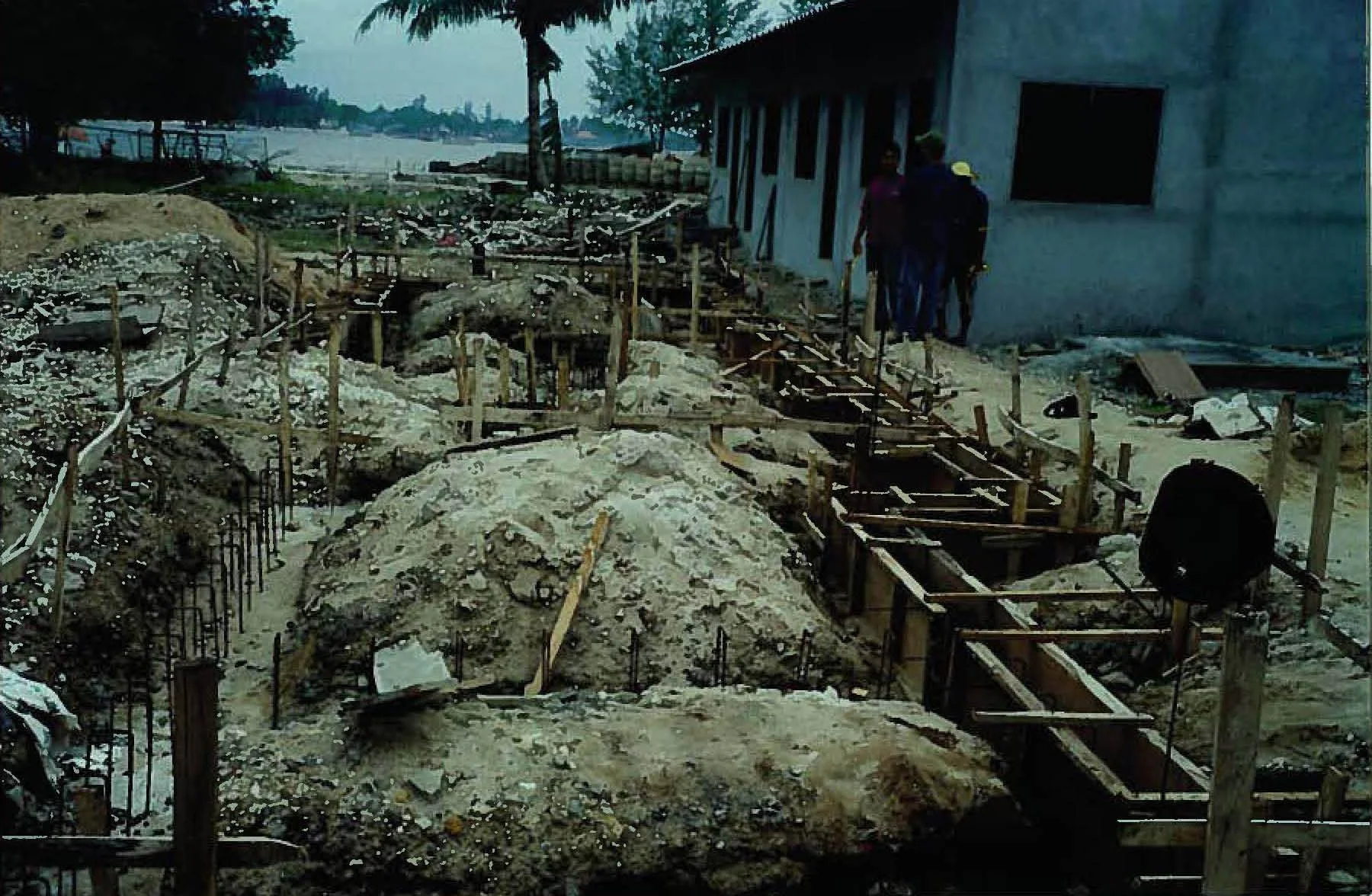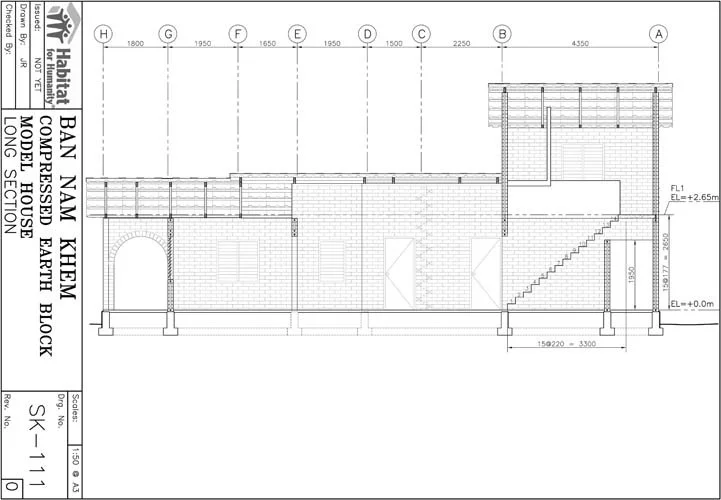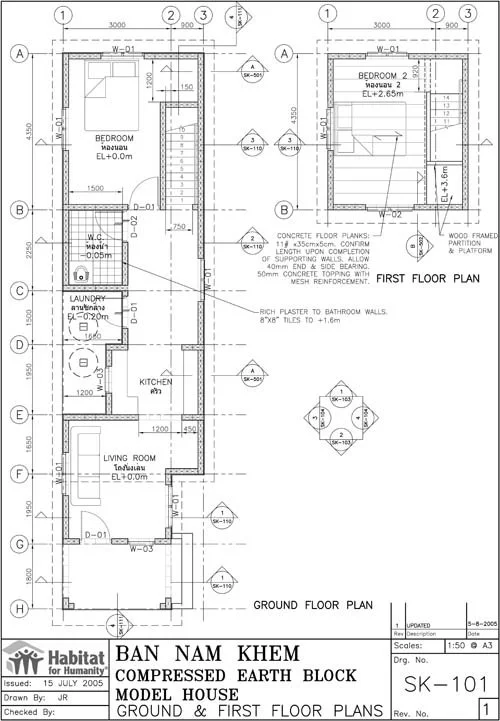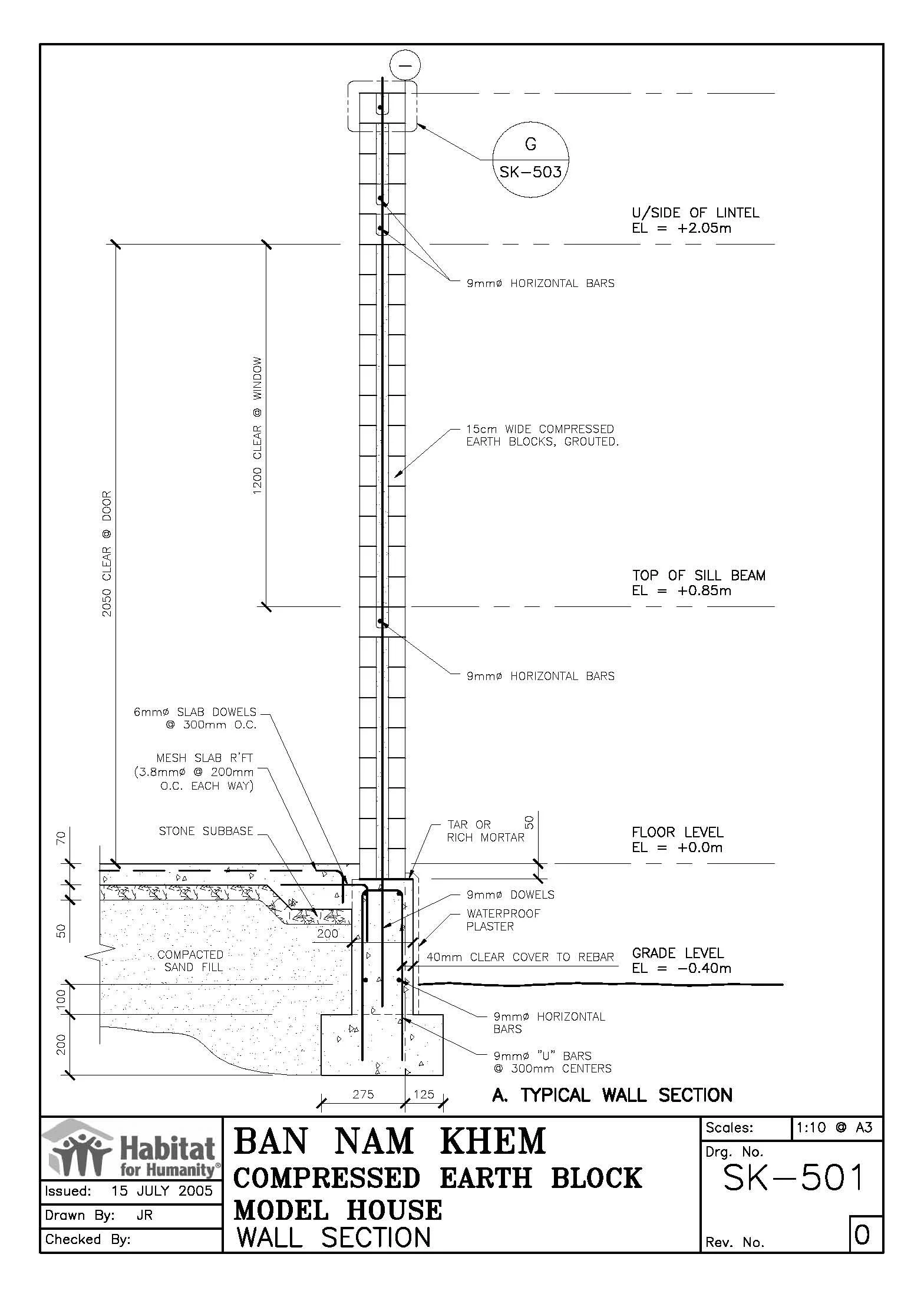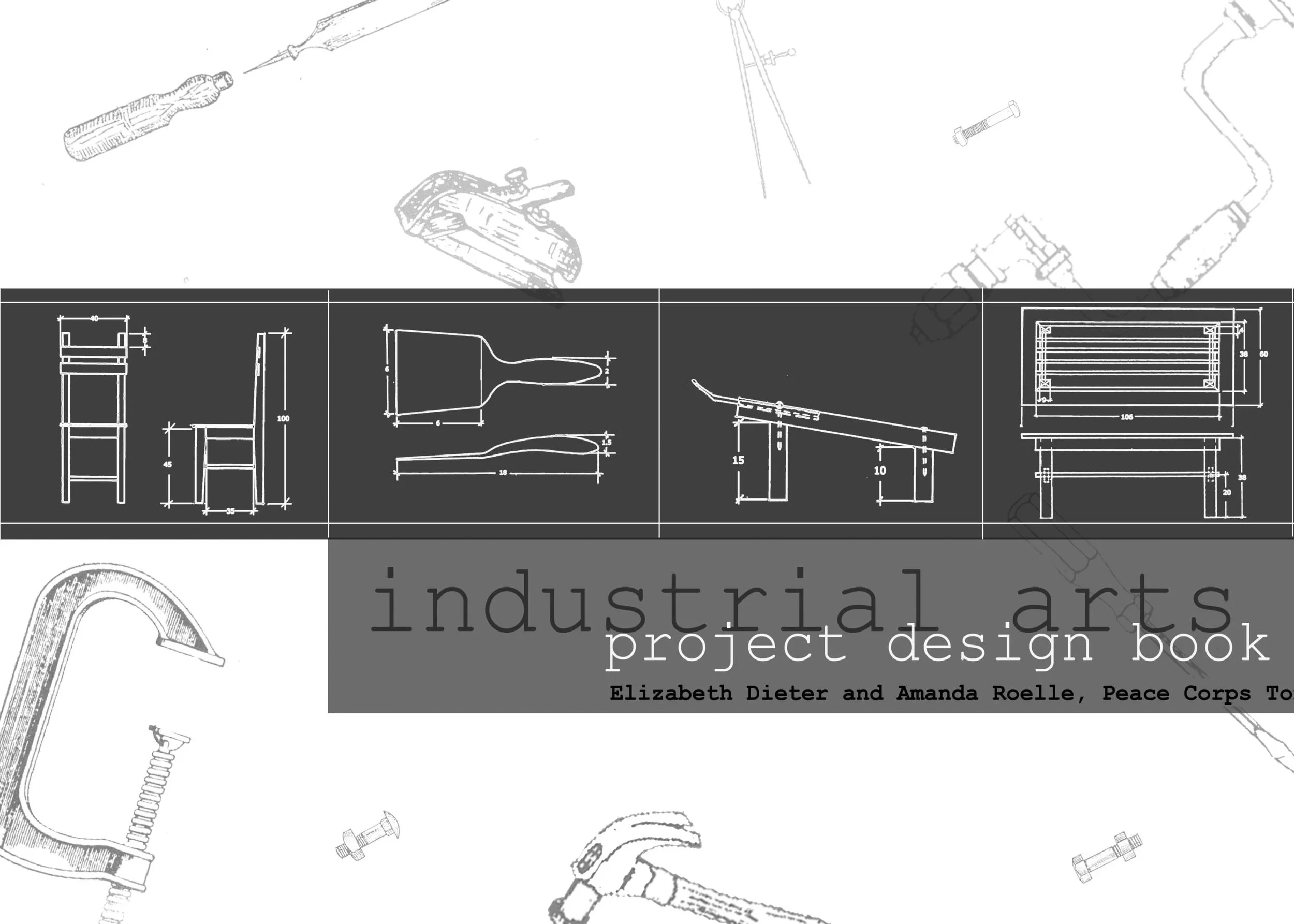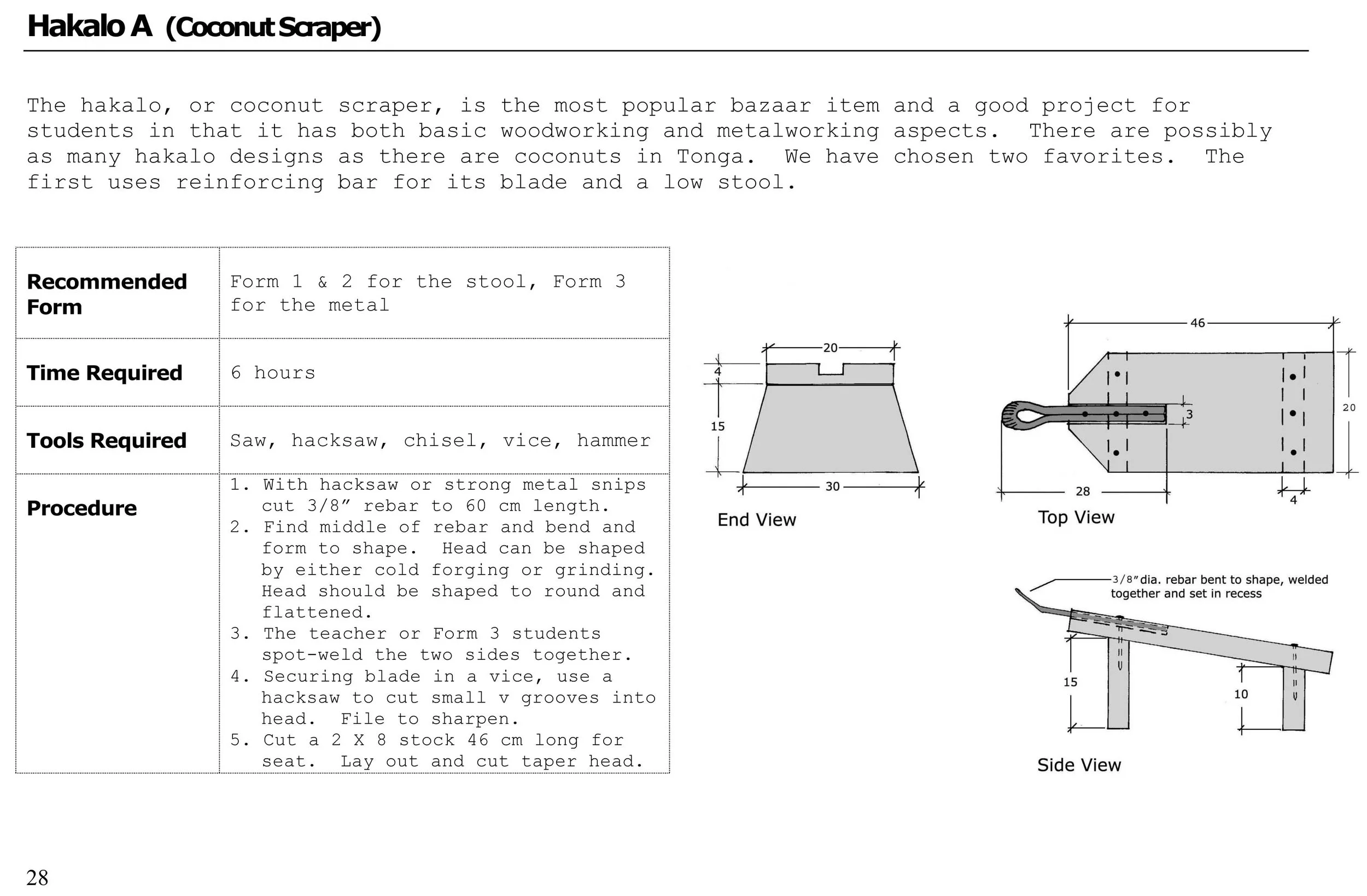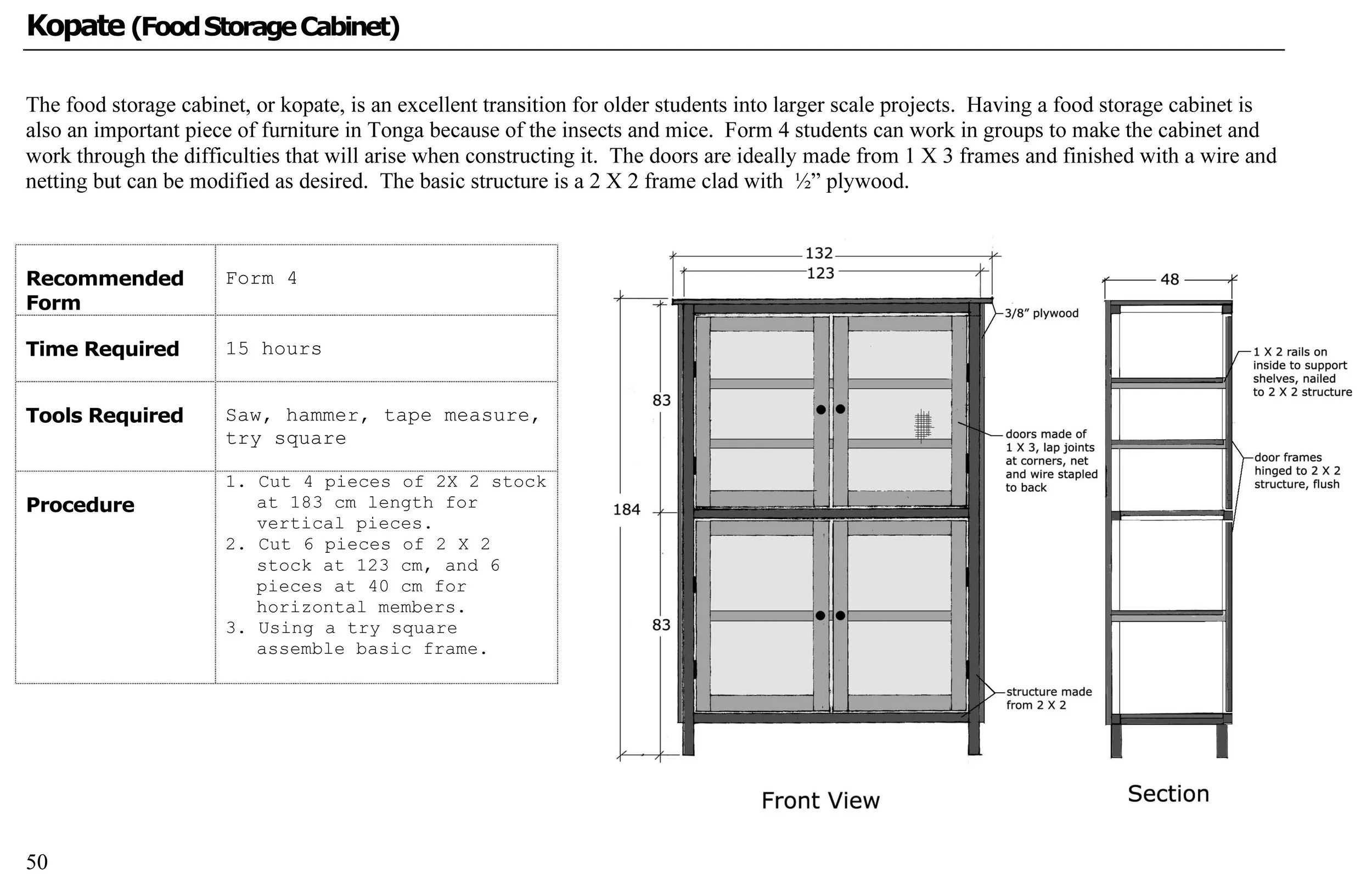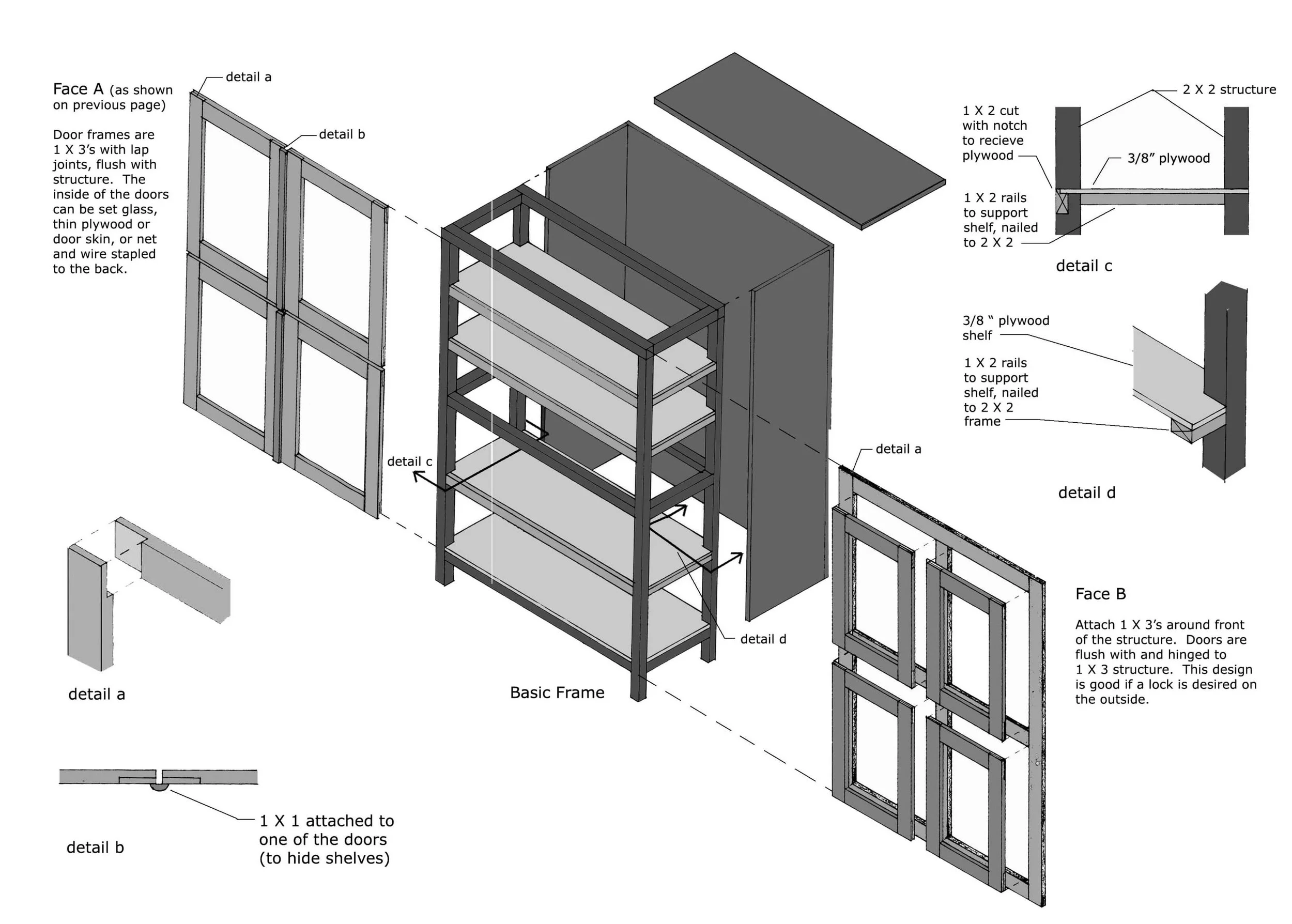PEACE CORPS & DISASTER RESPONSE ARCHITECTURE
THAILAND TSUNAMI RECOVERY & HABITAT FOR HUMANITY, 2005
After the Asian tsunami in 2004, Amanda volunteered with U.S. Peace Corps Response as an architect and furniture builder in the Phang-nga Province of Thailand. As an architect with Habitat For Humanity (HFH), Amanda helped design house options to be built in an area affected by the tsunami, with consideration for use of locally available materials, budget and site constraints, and volunteer labor. In addition to design services, Amanda prepared material cost estimates and bill of quantities for new houses and the repair of damaged houses. Amanda also provided supplemental axonometric and perspective sketches of new homes to be used in presentations and given to homeowners.
In addition to working as an architect and with HFH, along with her Peace Corps team, Amanda designed, constructed, and installed furniture for 100 families living in the temporary shelters.
HFH was designing houses using compressed Interlocking Blocks (CIB) are building blocks made of locally sourced soil, sand, and cement, manually compressed into a block that interlocks with other blocks laid without mortar. Vertical reinforcing bar is used for stabilization at corners and door and window openings. The Ban Nam Khem house is a show house, designed for a family starting a CIB production business on a neighboring lot. The house demonstrates the possibilities of building with CIB’s, including multiple levels and arches, while solving the problem posed by typical long and narrow Thai plot sizes. The design evolved from regular meetings with the owner and donor, primarily using cardboard models and 3-D hand sketches, as spoken language was sometimes a barrier. Respect for Thai culture, knowledge of programmatic needs for a Thai family and CIB business, and input from the owner and donor all contributed to the overall design.
PEACE CORPS TONGA, 2001-2003: TEACHING INDUSTRIAL ARTS
Amanda served with the United States Peace Corps from 2001-2003 in the South Pacific Kingdom of Tonga. As a Community Educator, Amanda taught Industrial Arts, English, and Information Technology to secondary school students and lead students and community members in building projects. She authored grants and worked with local counterparts to successfully fund and develop a community computer center, and provide tools and materials for the Industrial Arts program. She served on the Design Technology committee that was responsible for creating new curriculum for an emerging program of the combined Industrial Arts and Home Economics programs.
In addition to grant funding, the Industrials Arts program materials were funded through annual craft bazaars where students sold the projects they made in class to the public. Thus, the projects taught to students were not only chosen to teach students skills but also because they were marketable products at the bazaar.
Along with another volunteer, Amanda created a Project Design Book that encouraged student creativity and design variations, as well as a Technical Drawing Guide to be used by Industrial Arts teachers throughout the Kingdom to help teach appropriate projects to build.


